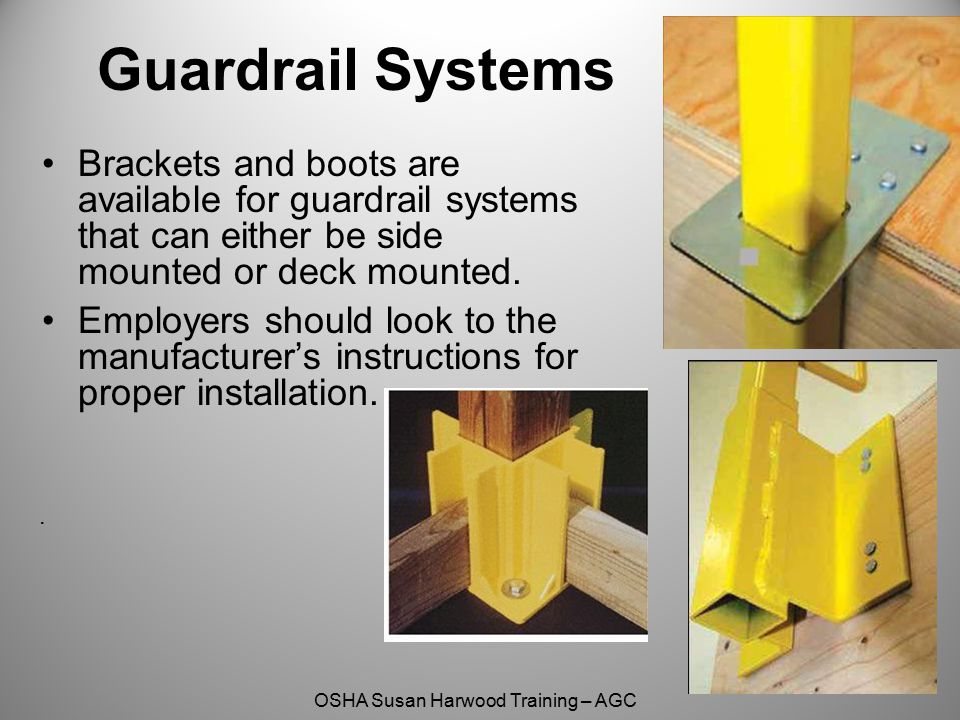Training Programs For People On Either Side
Training the Obese or Overweight Client. Follow this with either a circuit of Kettlebell. How long have they been training people. And of course, I've seen other crazy training recommendations like throwing bottles filled with rocks at your dog, putting your dog on prozac, isolating it from.

While there is no single right way to train clients who are overweight or have obesity, using regressions can be an effective method to employ. The promotes stability and mobility prior to movement because movement must be executed properly before integrating load. Moving too quickly to the load phase may result in joint stress or injury if faulty movement patterns are present under heavy resistance. Download Uc Browser For Java J2me Mobile there. Functional resistance training and training for daily activities is an ideal method to ensure clients connect their exercise gains with life movements. It also helps ensure clients develop a positive connection to exercise.
The key is to utilize “precursor” exercises, like the ones below, which benefit coordination, stability, mobility and motor control. When progressing a client to the next exercise, the length of time spent on each exercise depends upon on the individual’s movement abilities. When the client demonstrates excellent movement skills, he or she can progress to the next exercise.
Sets and repetitions should be based on the client’s ability and the length of the training program. Below are exercise progressions that you can use with your clients who are overweight or are affected by obesity. Bend and Lift Progression Bend-and-lift progressions are commonly seen with squats.
A squat progression is given below. Hip Bridge >Lie on the floor with knees bent and feet flat. Lift the hips into the air and keep the arms on the floor. Squat Up and Down from Bench >Sit on a bench with arms positioned in front of the body.
Lift the body into an upright position and return to the starting position. Squat Up and Down From Bench While Holding TRX >Hold TRX straps while sitting on a bench. Lift the body into an upright position while using the TRX for support. Return to the starting position.
TRX Squat >With elbows under the shoulders, hold the TRX handles and stand upright. Lower the hips into a squat position with elbow extension. Return to the starting position. Body-weight Squat >Stand with arms at shoulder height in front of the body.
Lower the hips into a squat position and return to center. Squat With Light Load (e.g., Medicine Ball) >Stand while holding a medicine ball in front of the chest. Lower the hips into a squat position.
Directional Change or Split Squat Stance Perform a squat, rotate 45 degrees, then perform another squat. Single-leg Movement Patterns – Forward Single-leg movement patterns are often associated with the lunge.
However, in real life, forward movement is essential and the primary forward movement is gait. Static Lunge >Assume a lunge stance. Lower the back knee toward the ground. Return to the starting position and repeat.
Complete sets on each side. Forward Weight Shifts >From a standing position, step forward, load the front foot with weight and step back to center.
Forward Walking >Stand and walk forward, concentrating on core activation and posture. Suitcase Carries >Place weights on the ground.
Squat, pick up the weights and walk to another area. Forward Alternating Lunges >Stand with feet hip-distance apart. Lunge one leg forward while maintaining good upper-body posture and then return to the starting position. Alternate legs.
Body-weight Step-ups With Both Feet on Platform >Face a plyo-box and step the right foot on the bench, followed by the left. Step the right foot off the bench, followed by the left. Complete sets on each side. Steps-up With Hip Flexion Stand with one foot on raised surface. Step up and raise the opposite leg to a 90 degree angle. Single-leg Movement Patterns – Backward Backward movement is essential for athletic and life pursuits. Static Lunge >Assume a lunge stance and lower the back knee toward the ground.
Return to the starting position and repeat. Complete sets with each leg. Backward Weight Shifts >Begin standing and step back. Load the back foot with weight and step back to the starting position. Backward Alternating Touch Backs >Stand with feet hip-distance apart.
Extend the leg back, touching the ball of the foot on the ground. The knees should not bend like a lunge. Return to the starting position. Backward Alternating Lunges >Stand with feet hip-distance apart and lunge backward, bending the knees, while maintaining good upper-body posture. Alternate legs. Backward Lunge With Forward Hip Flexion This exercise will help you practice one-legged balance. Push Progression A push progression is an essential movement pattern during athletic pursuits.